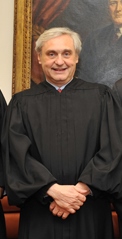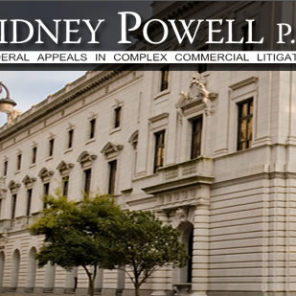 In an exhaustive indictment of government discovery and Brady/Giglio gamesmanship, the District of Columbia Court of Appeals, Judge Catherine Friend Easterly [great judicial name], recently ordered a new trial for DC Inmate Carl Morton in United States v. Vaughn et al. Morton and co-defendant Alonzo Vaughn were convicted for (1) aggravated assault and (2) assault on a law enforcement officer in connection with an incident at the D.C. Jail in which a group of men attacked a fellow inmate and a corrections officer who came to that inmate’s aid. Unbeknownst to either defendant, the government’s, Assistant United States Attorneys Mary Chris Dobbie and Reagan Taylor, primary and strongest identifying witness, presented to the jury as “Officer” Angelo Childs, had recently been adjudged to have made demonstrably false allegations regarding an earlier inmate assault. “Officer” Childs was subsequently demoted from Lieutenant to Sergeant as a result of that false testimony.
In an exhaustive indictment of government discovery and Brady/Giglio gamesmanship, the District of Columbia Court of Appeals, Judge Catherine Friend Easterly [great judicial name], recently ordered a new trial for DC Inmate Carl Morton in United States v. Vaughn et al. Morton and co-defendant Alonzo Vaughn were convicted for (1) aggravated assault and (2) assault on a law enforcement officer in connection with an incident at the D.C. Jail in which a group of men attacked a fellow inmate and a corrections officer who came to that inmate’s aid. Unbeknownst to either defendant, the government’s, Assistant United States Attorneys Mary Chris Dobbie and Reagan Taylor, primary and strongest identifying witness, presented to the jury as “Officer” Angelo Childs, had recently been adjudged to have made demonstrably false allegations regarding an earlier inmate assault. “Officer” Childs was subsequently demoted from Lieutenant to Sergeant as a result of that false testimony.
In a Department of Corrections Office of Internal Affairs (OIA) “Final Report,” Childs and other officers were shown to have falsely reported a separate incident regarding alleged inmate assault. In the relevant portion of this report — which the government suppressed — the investigator concluded that Childs’ report was, in fact, contradicted by video footage taken of the scene. Instead of turning the entirety of the report over to defendants, or to the court, the government prosecutors strategically excised the damning portions and submitted only the innocuous and inconclusive portions (sound familiar):
the government submitted to the trial court ex parte what it said was the OIA Final Report, but in fact was only the first five pages of the ten-page report (and included none of the documents in the appendix, 76 pages in all). The first five pages of the OIA Final Report contain “background” information, investigative notes, and a full reproduction of Officer Childs‟s account of an inmate assault in his Incident Report without any indication that that account was being questioned; the findings adverse to Officer Childs begin on the sixth page.


















